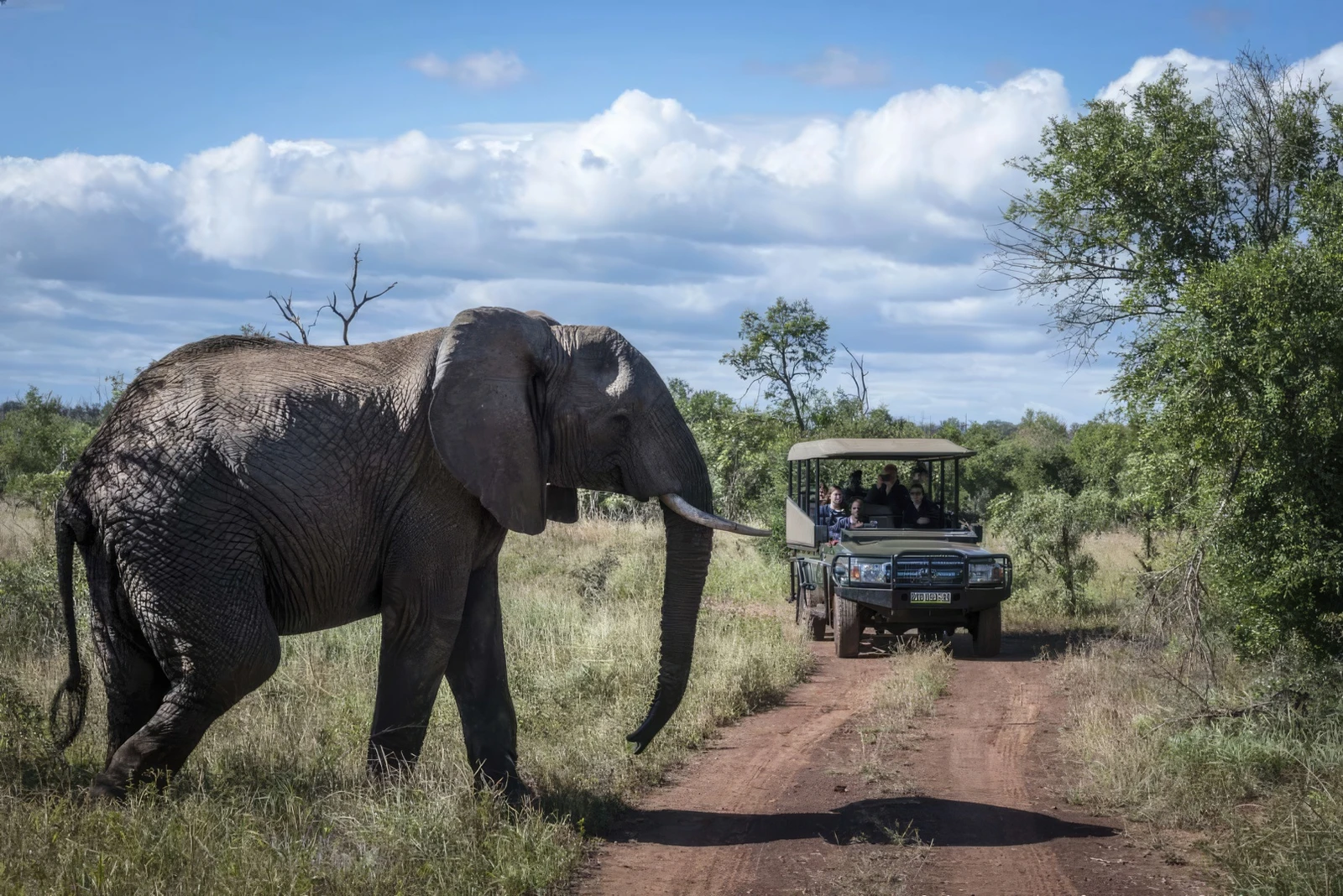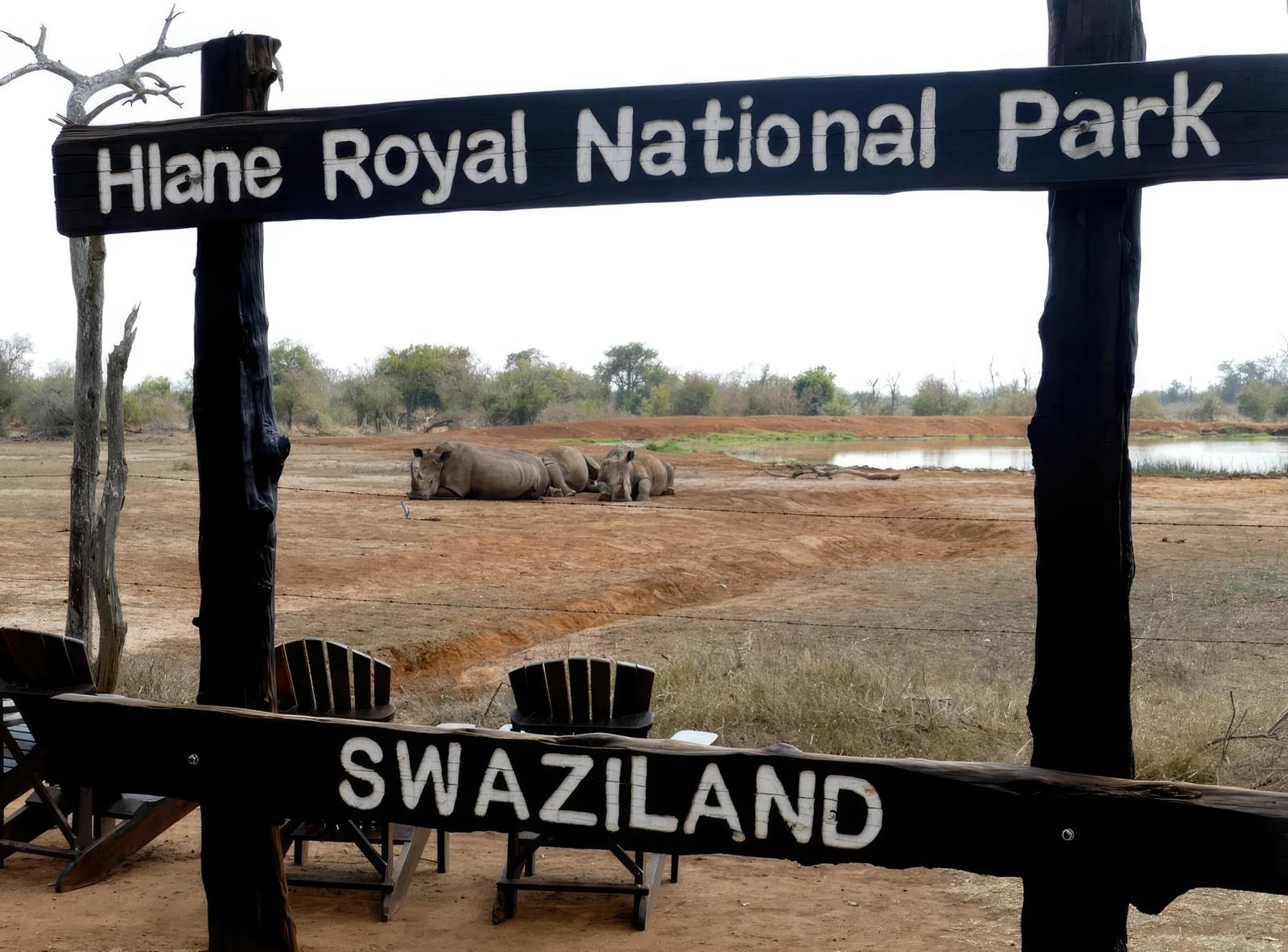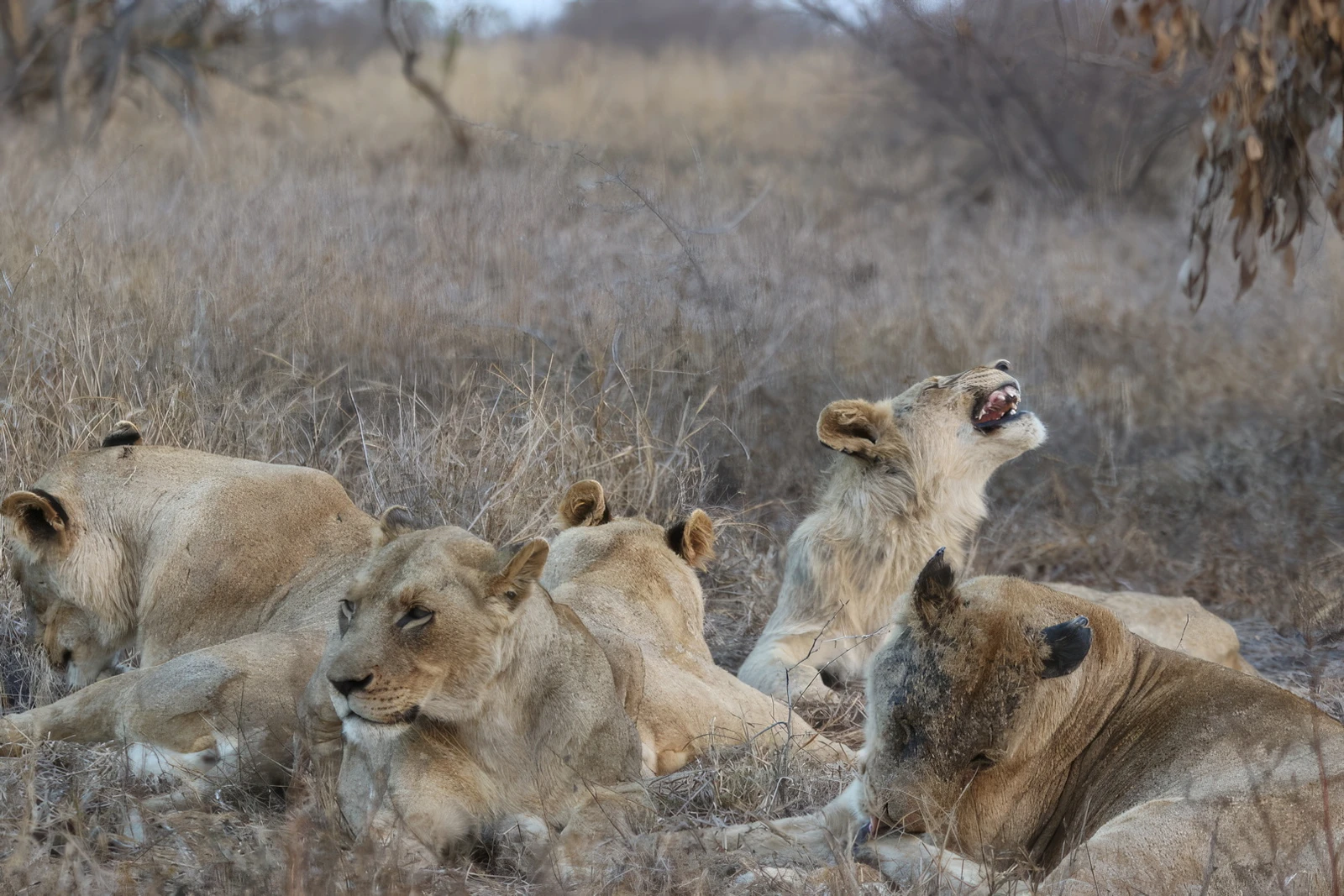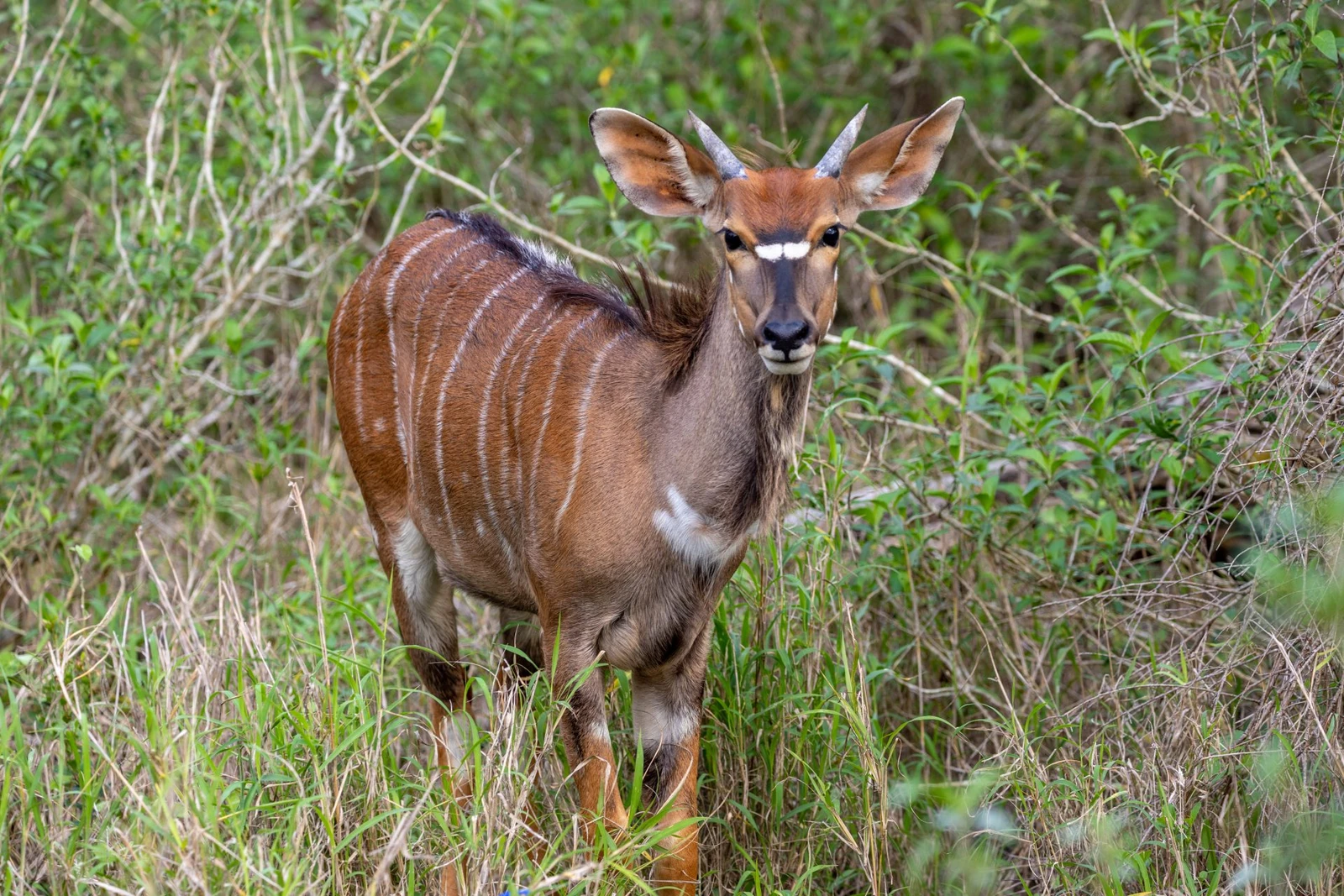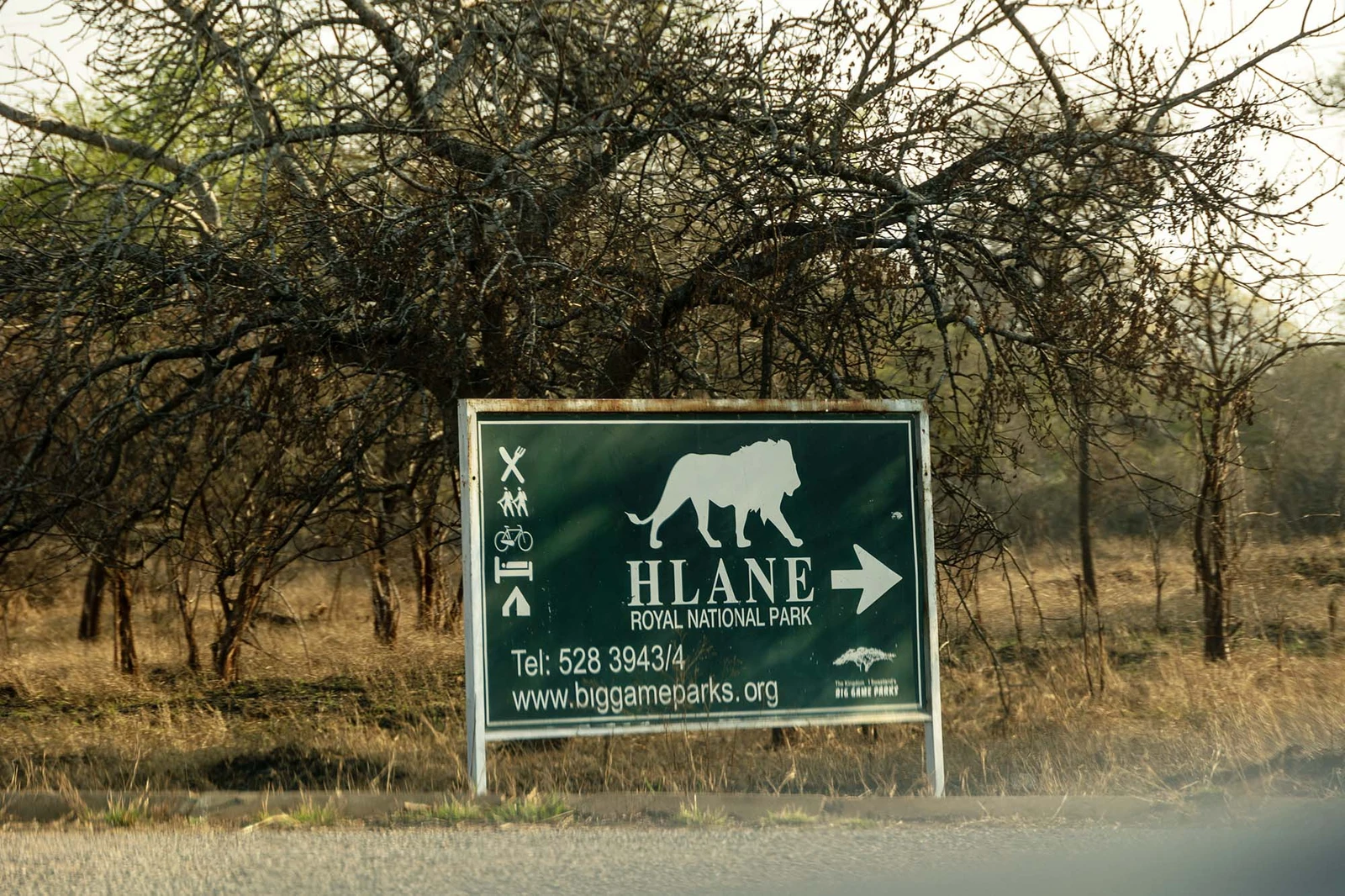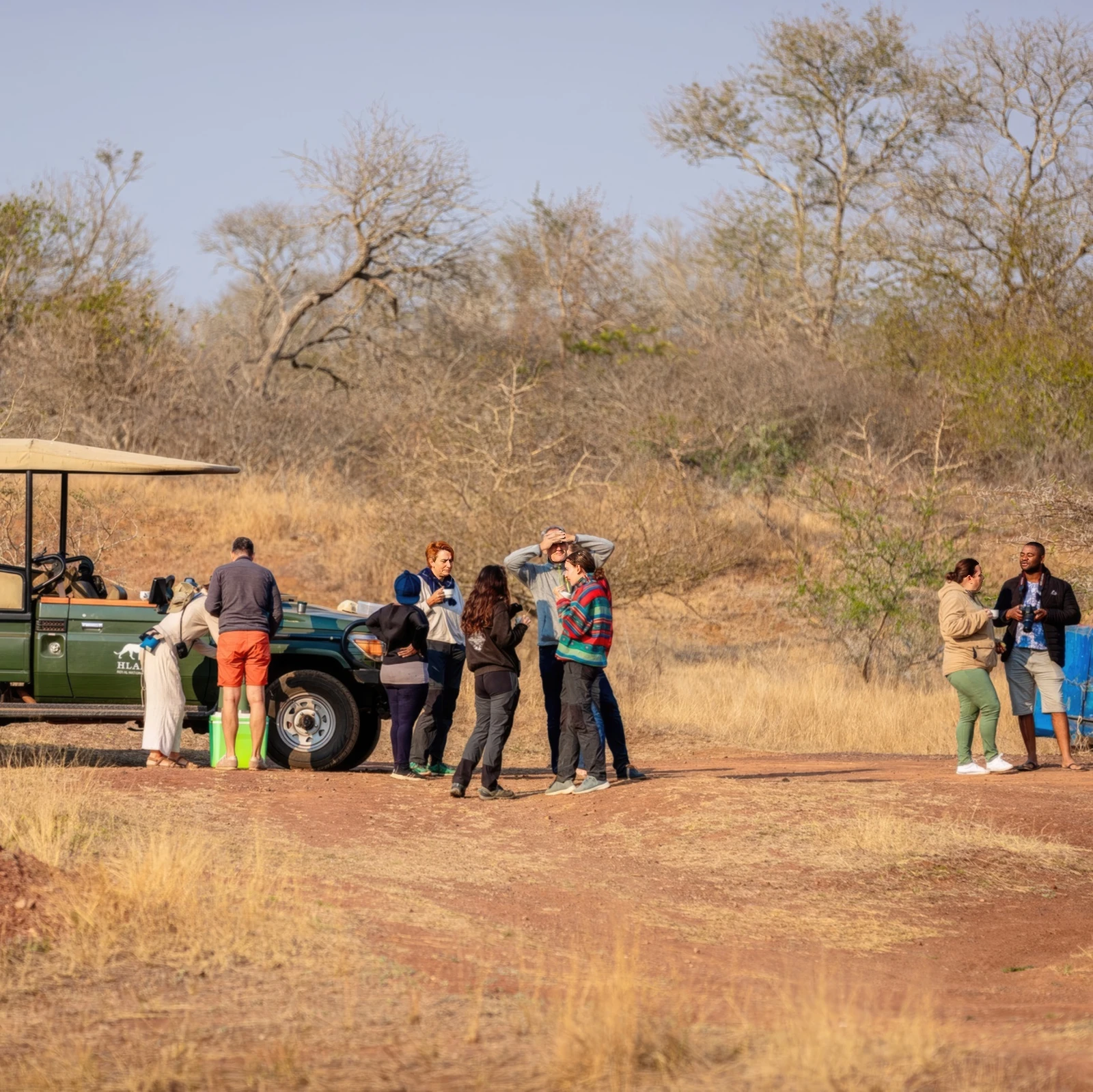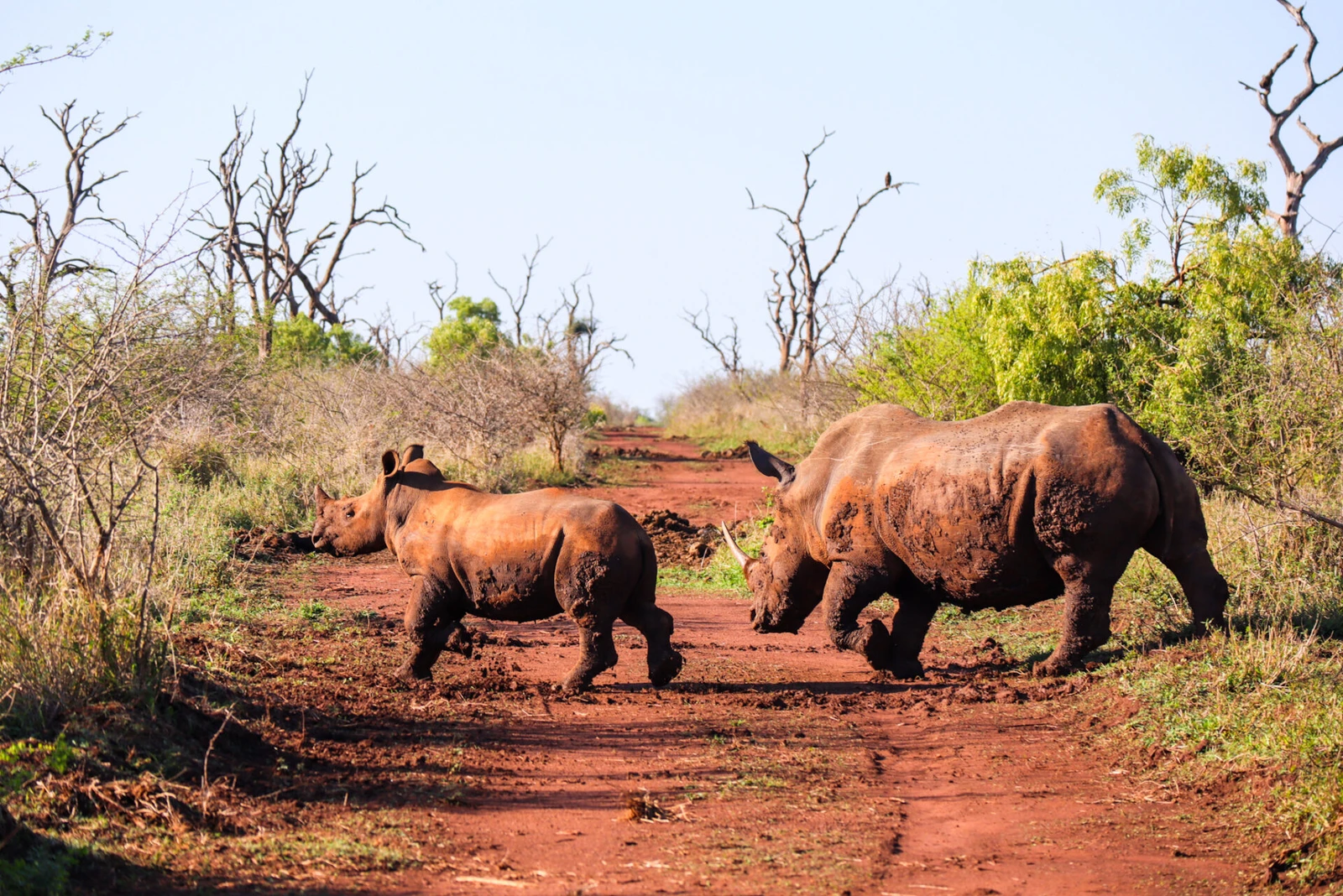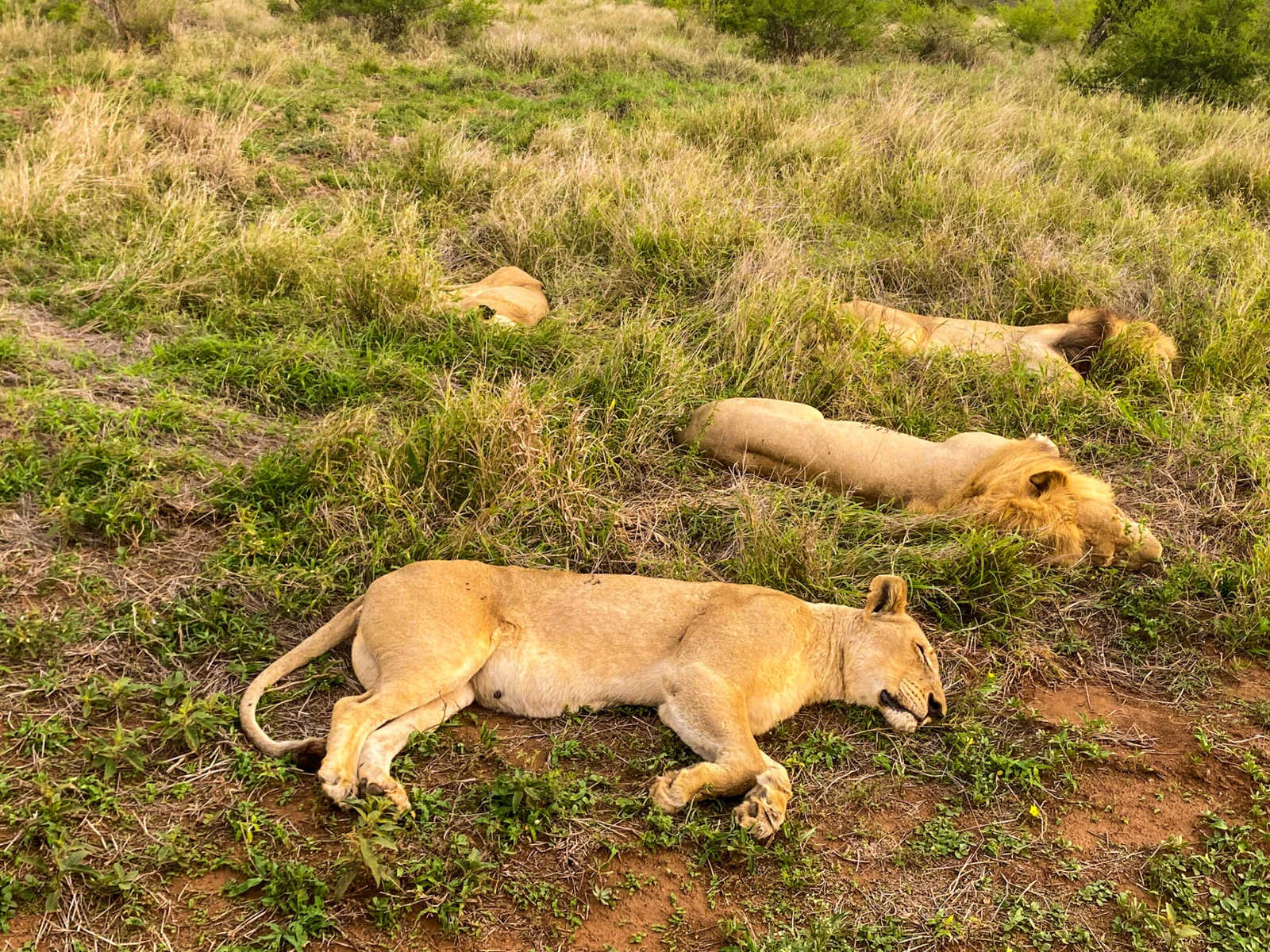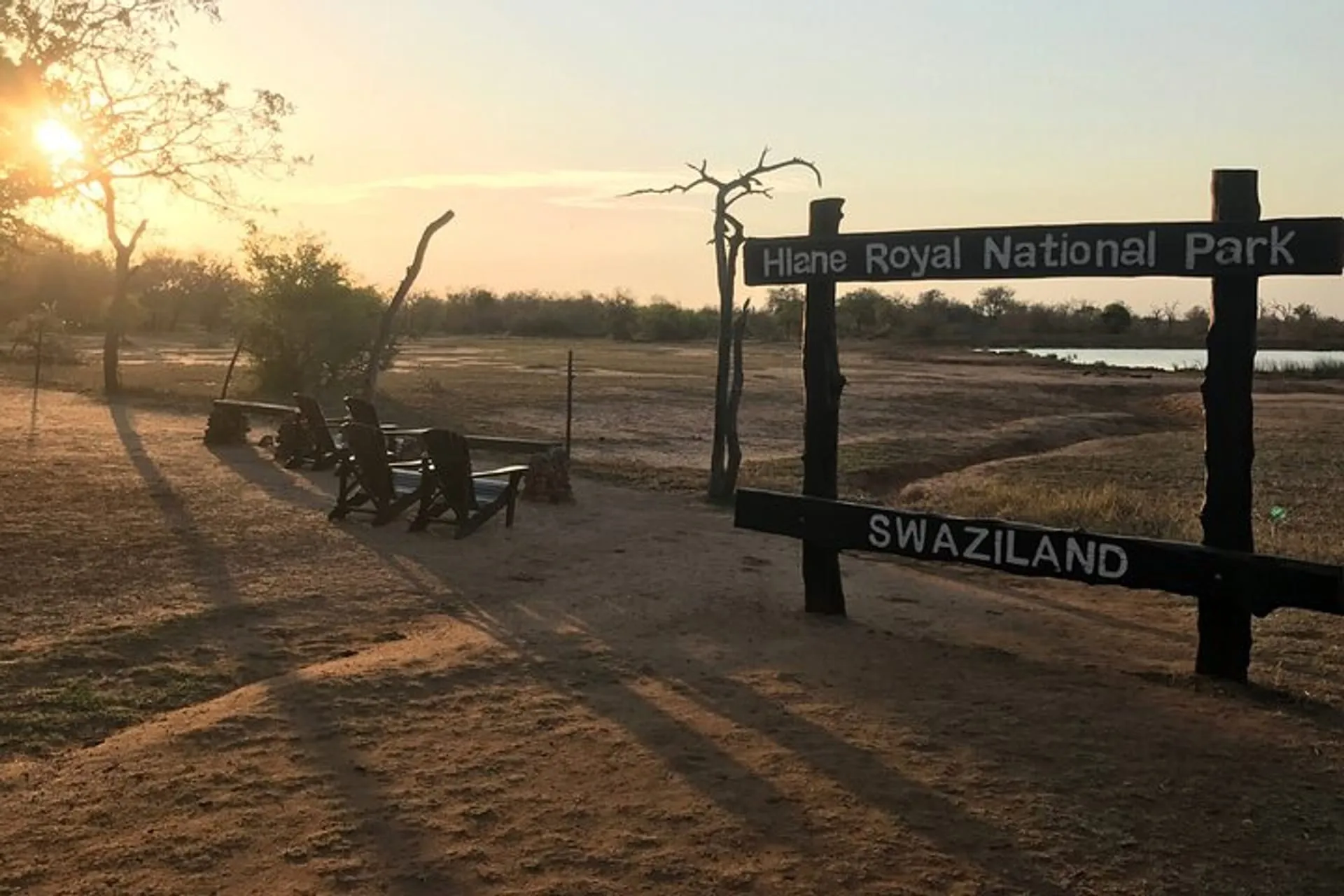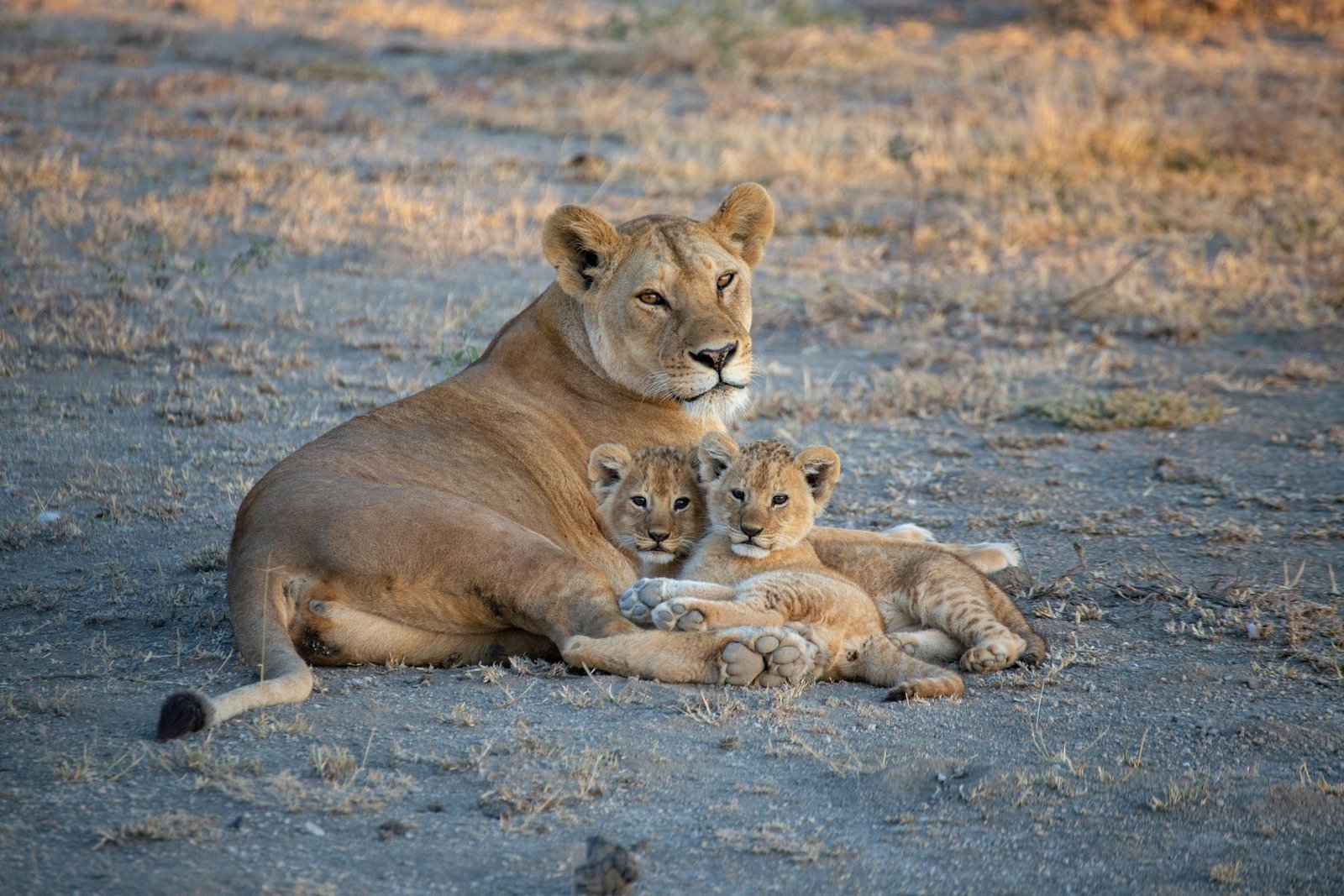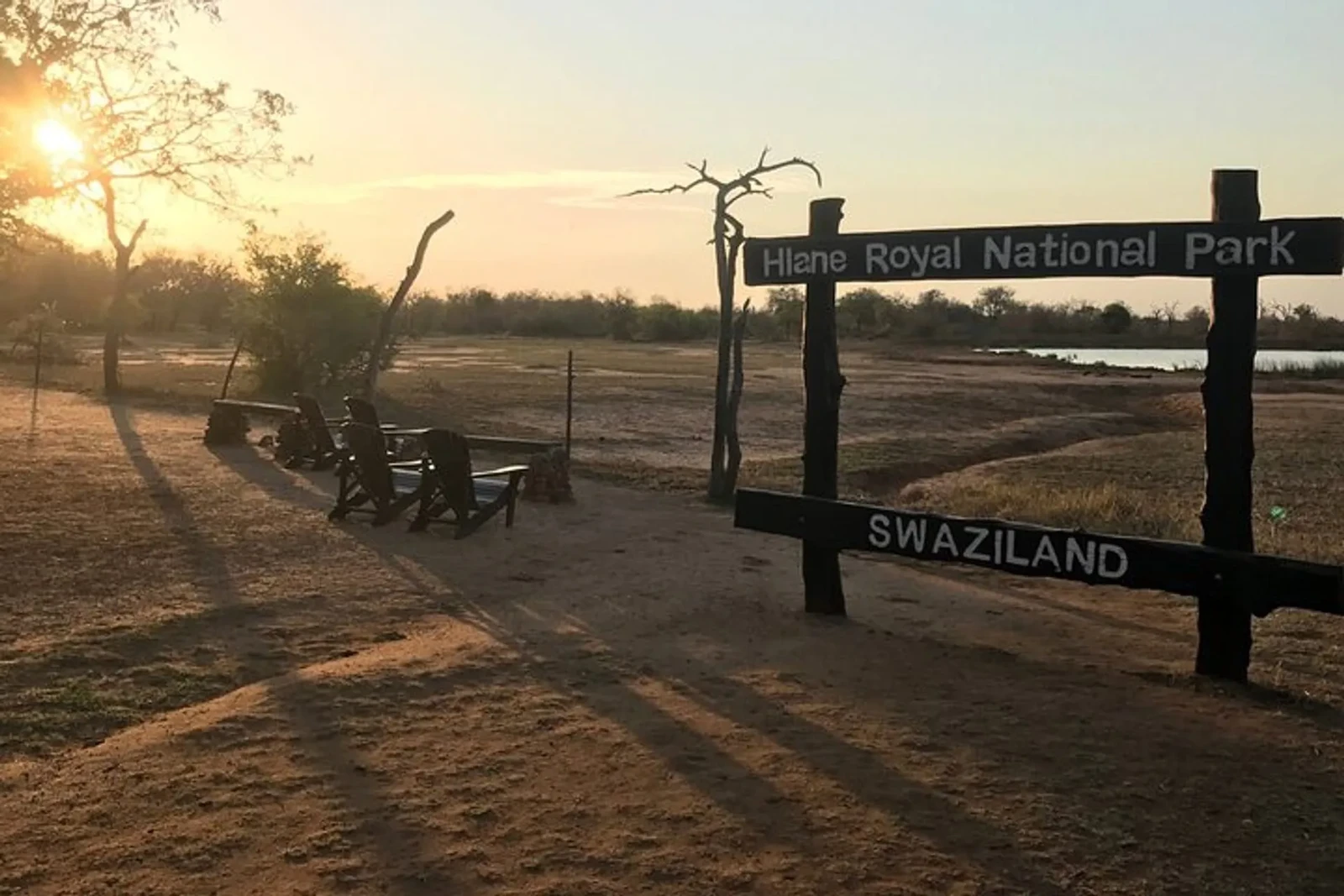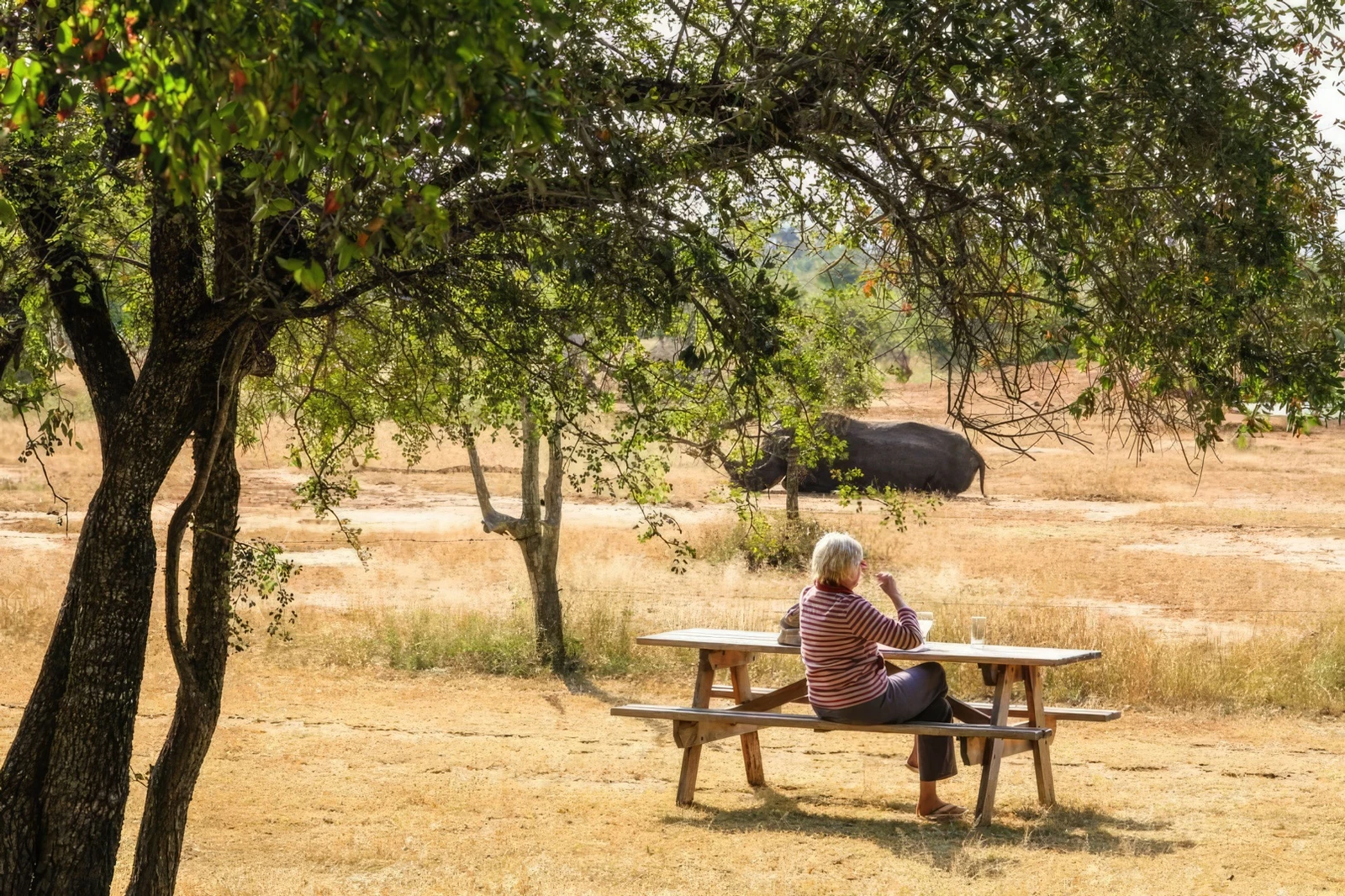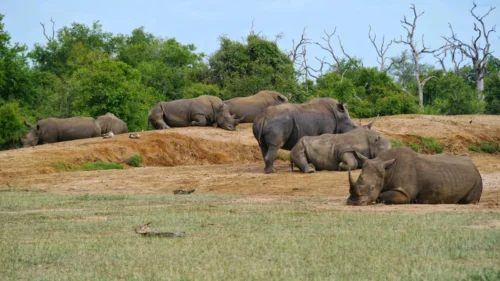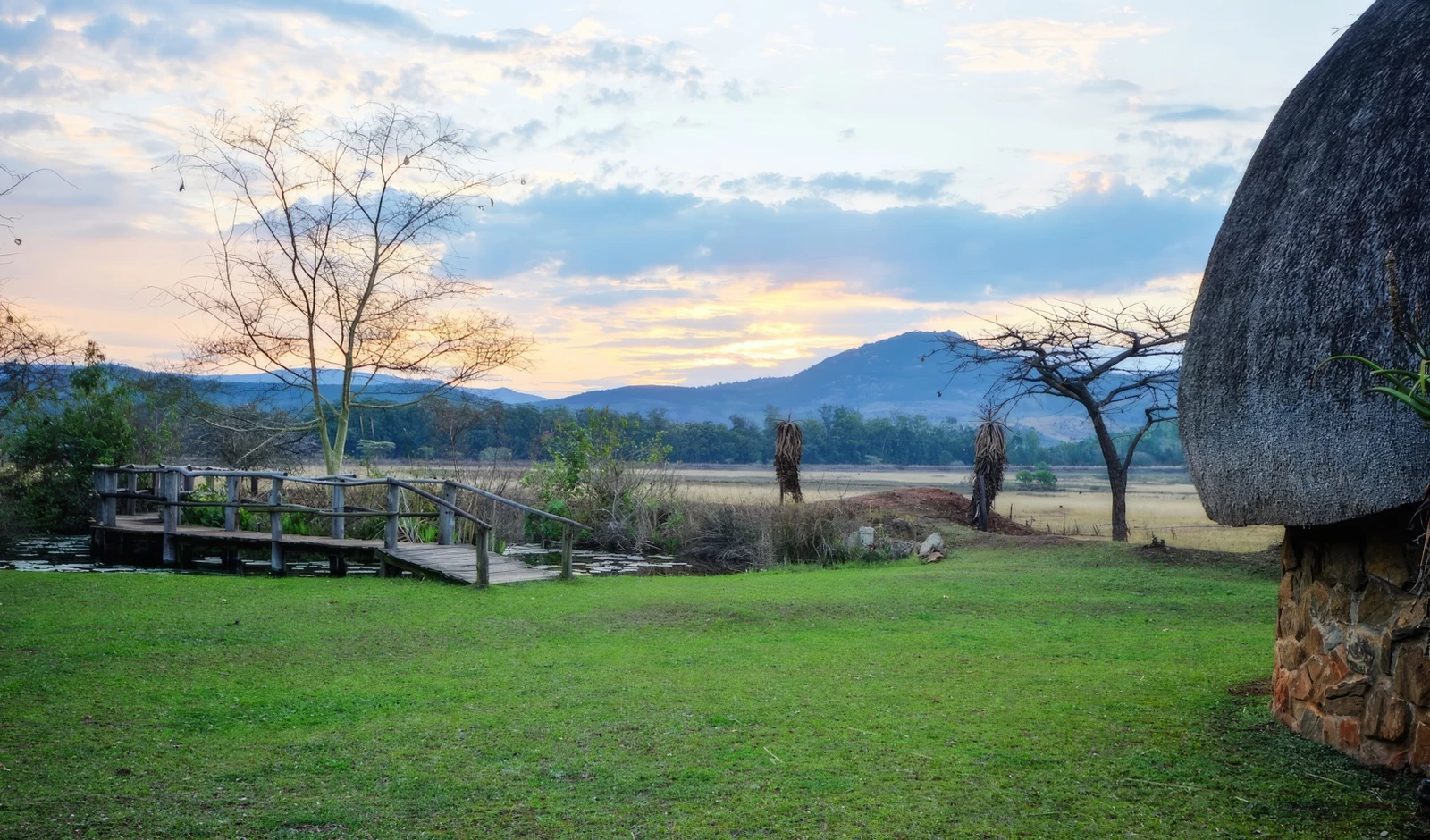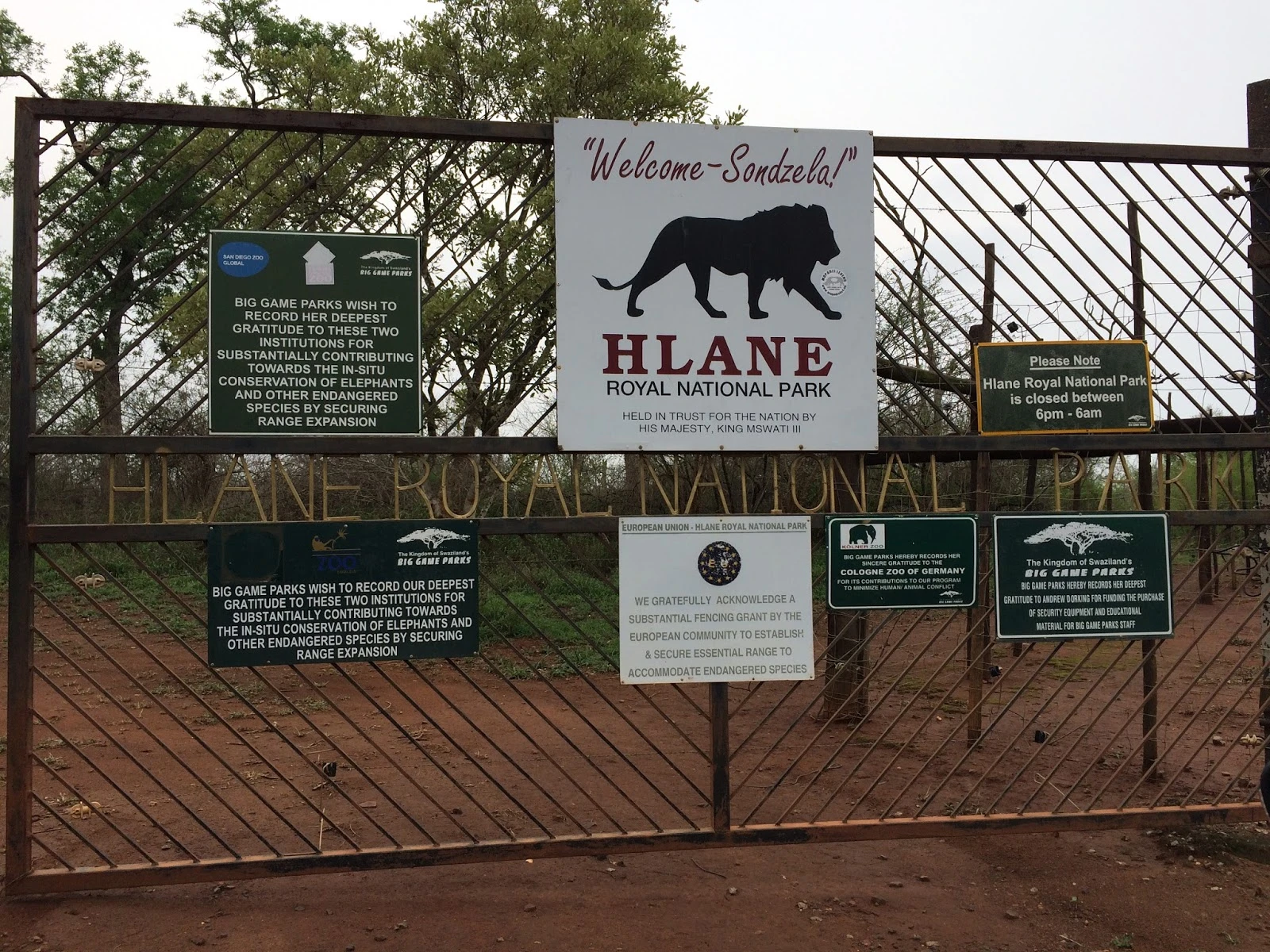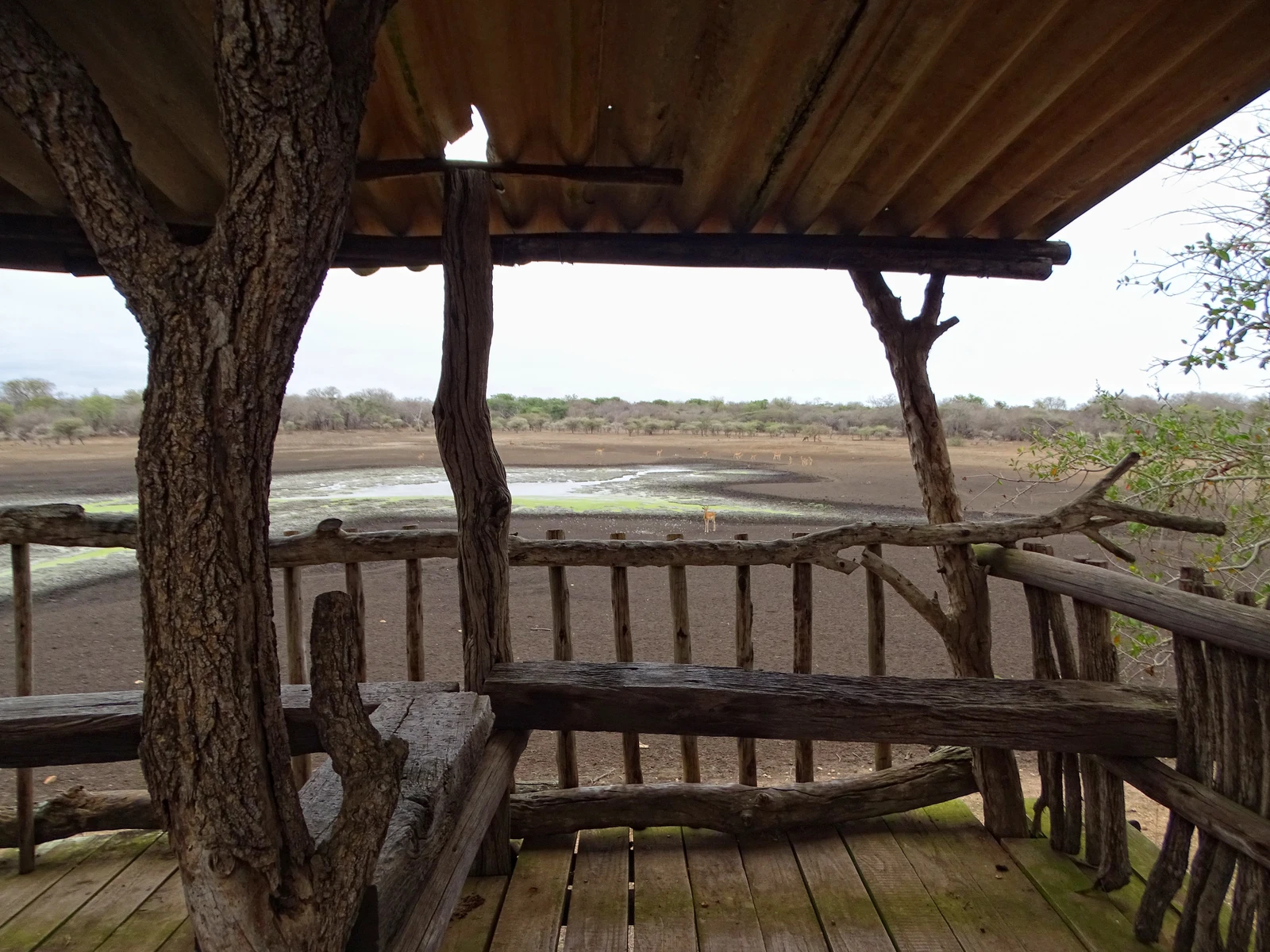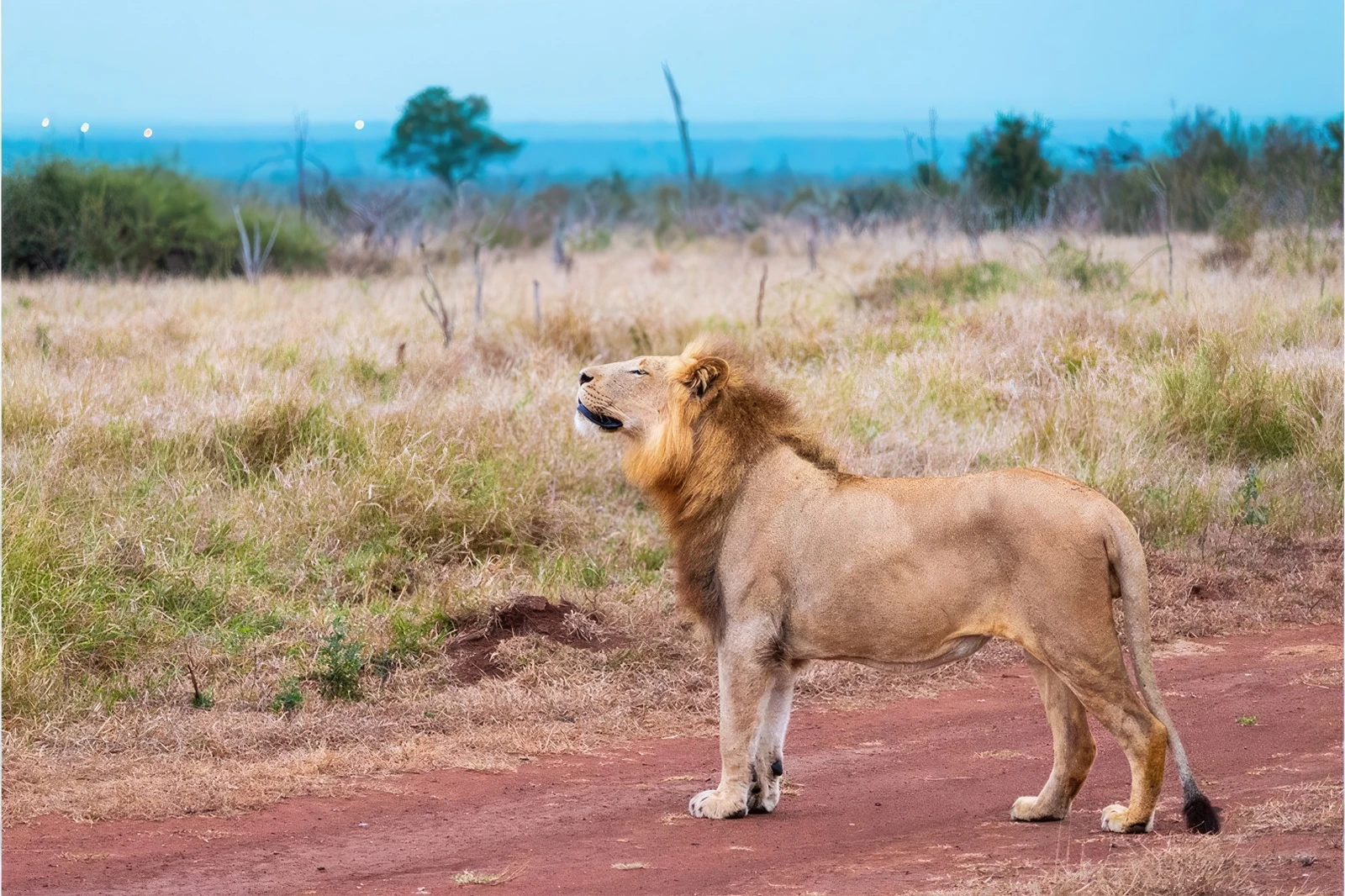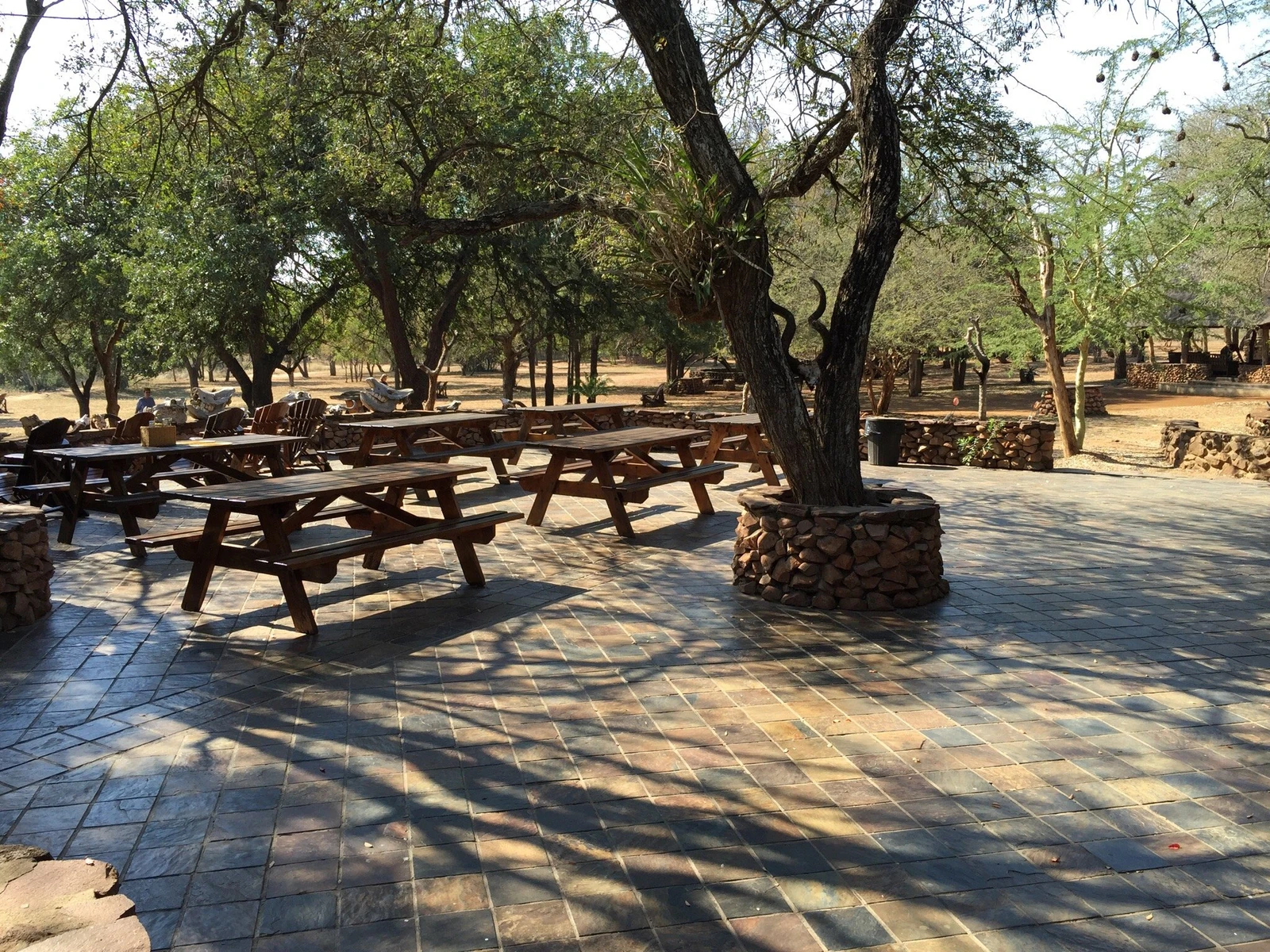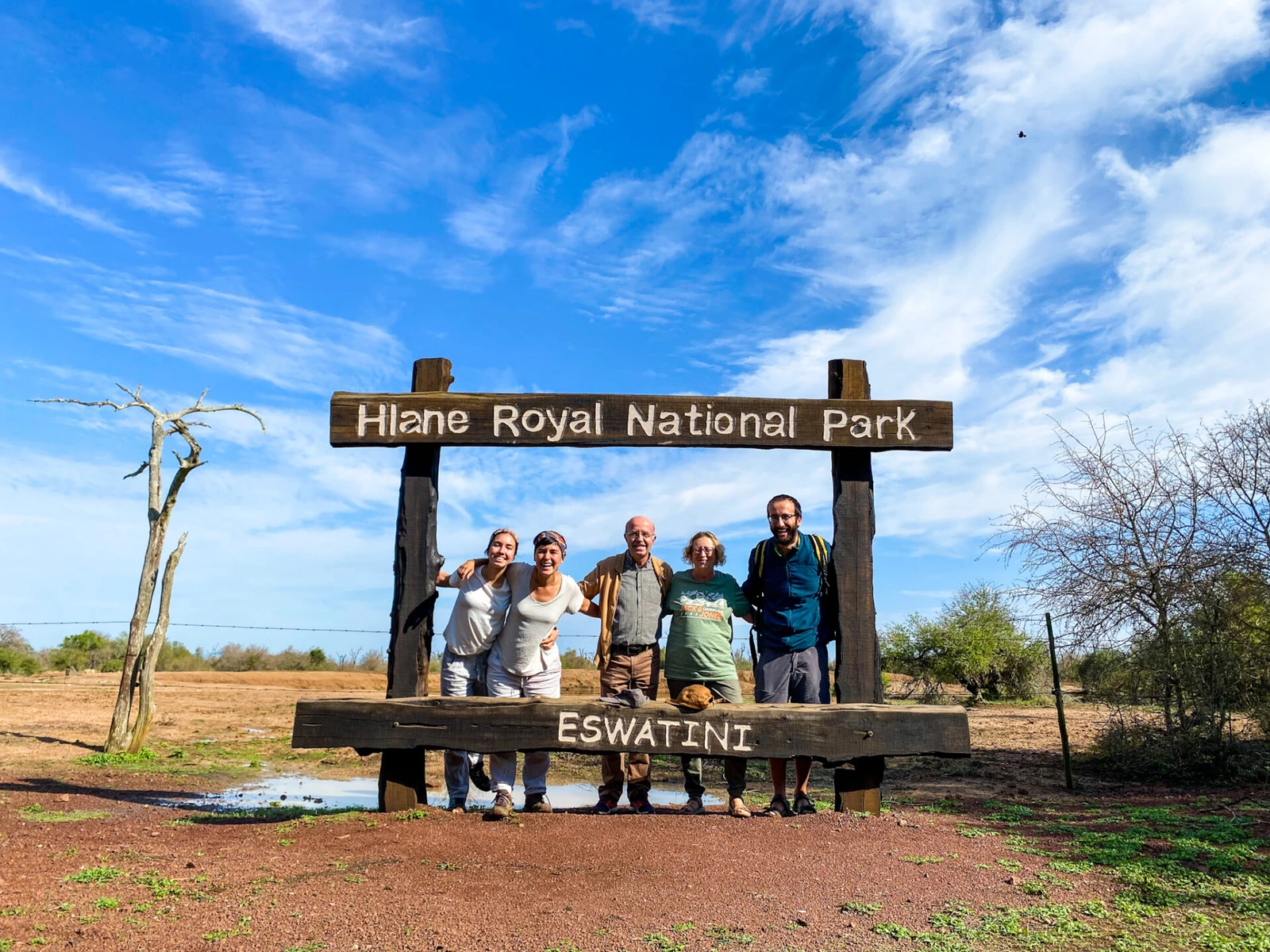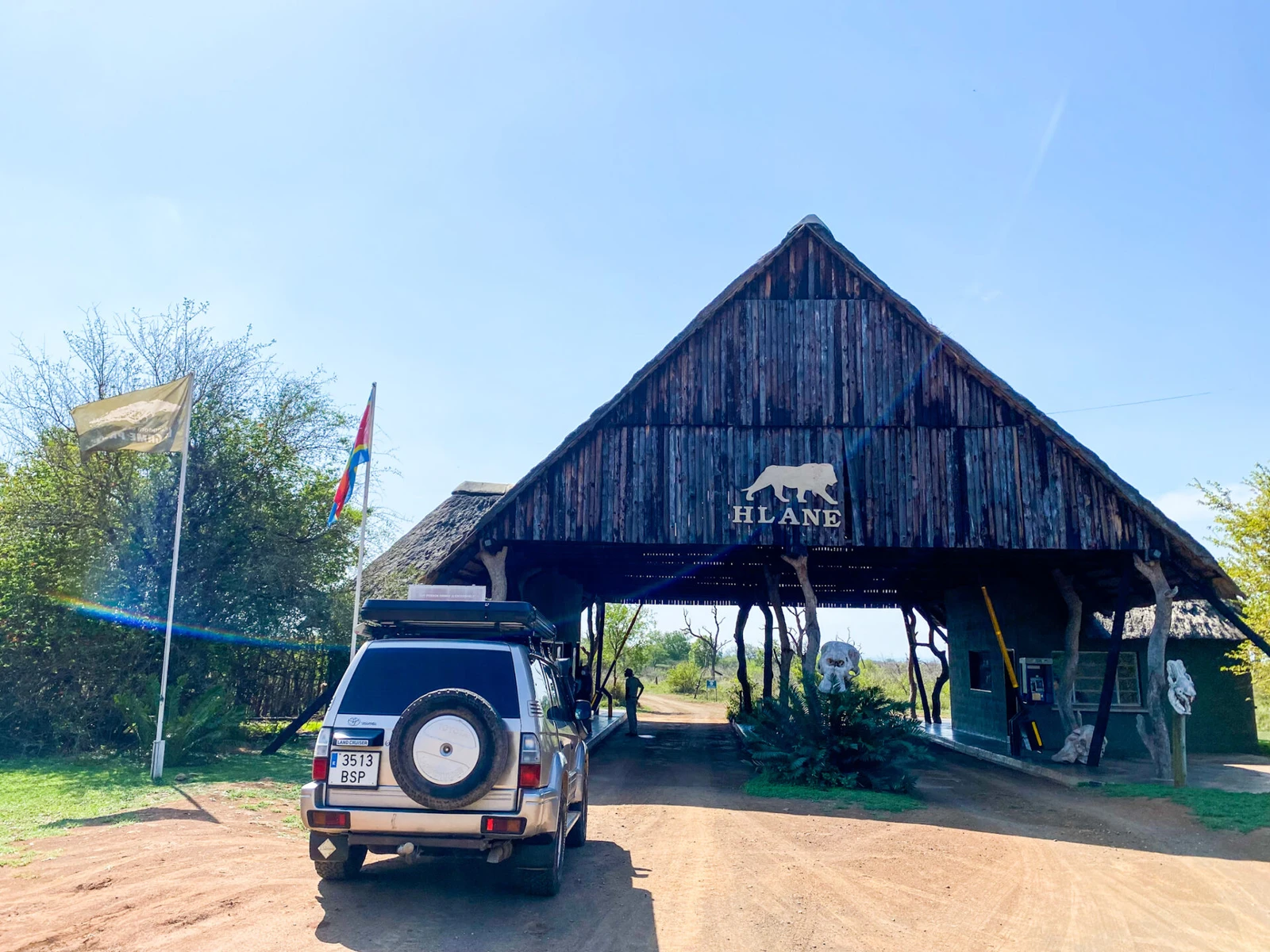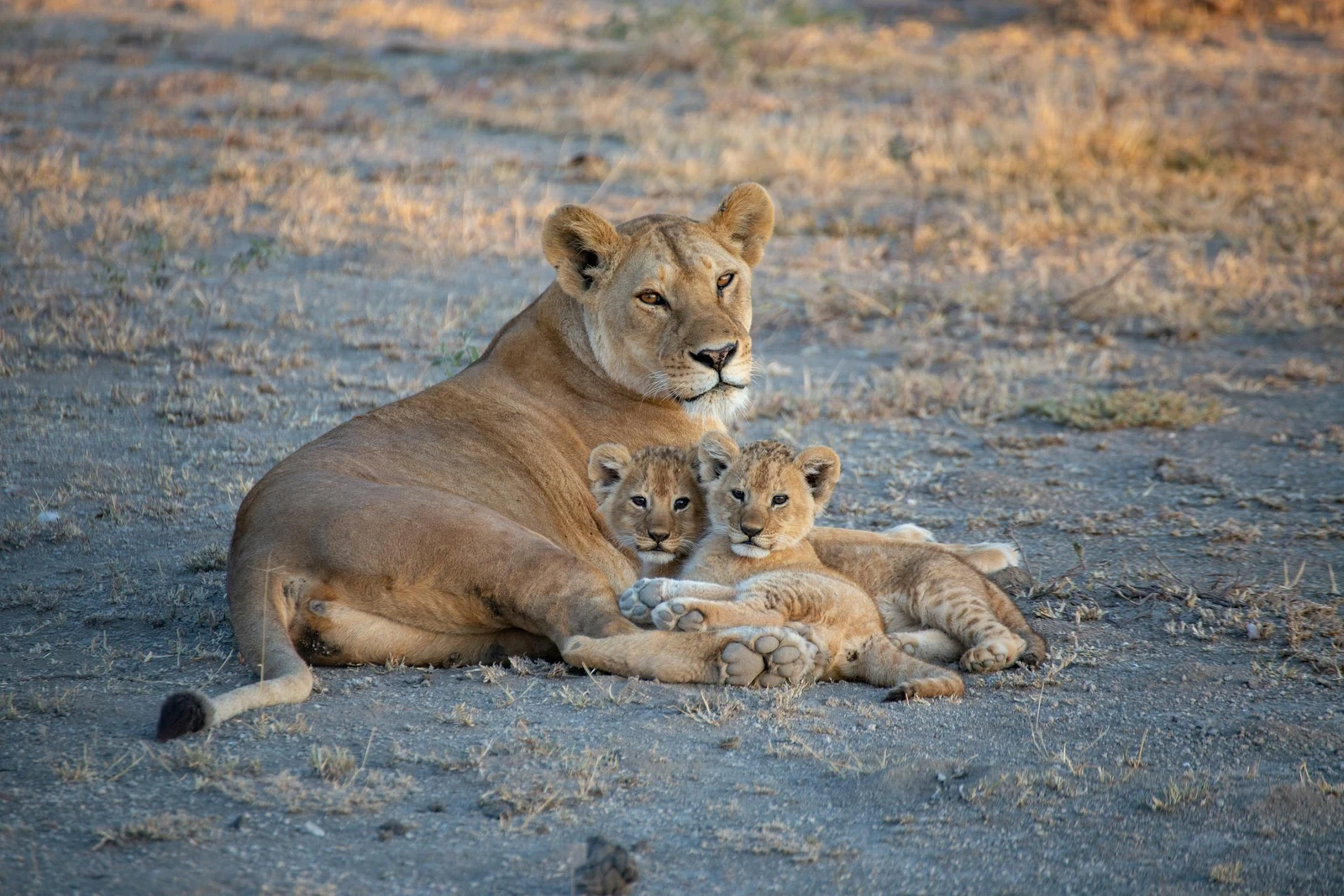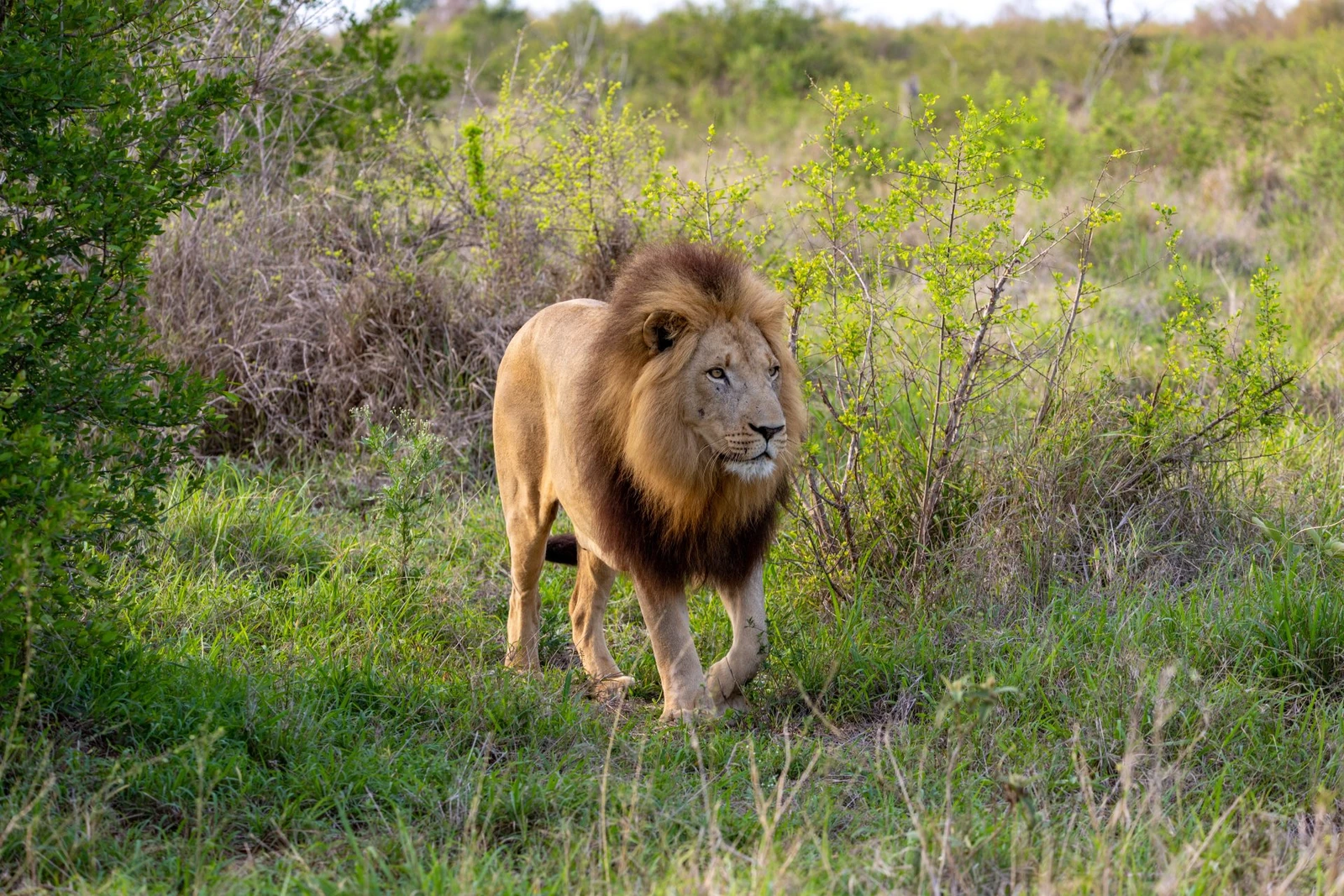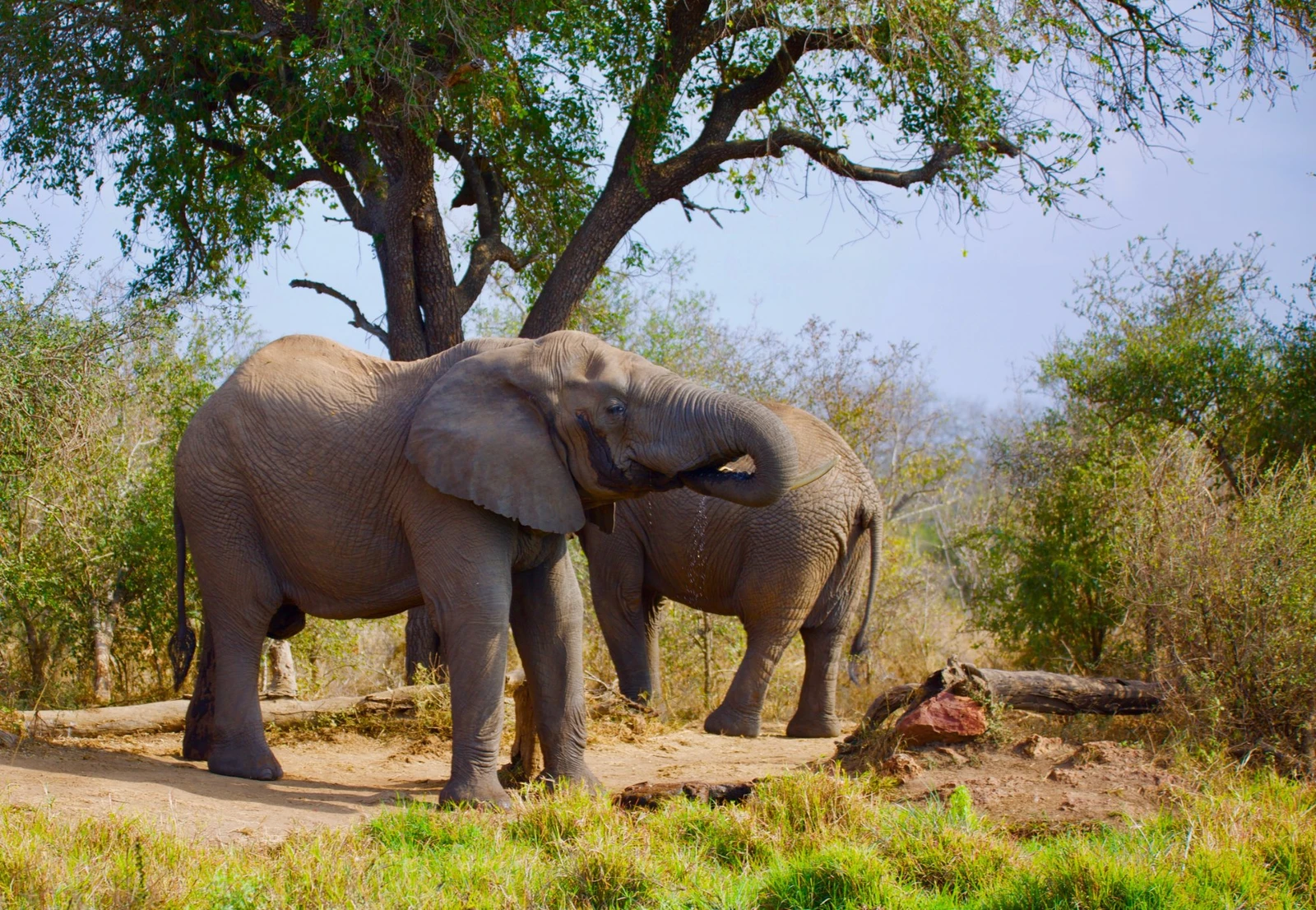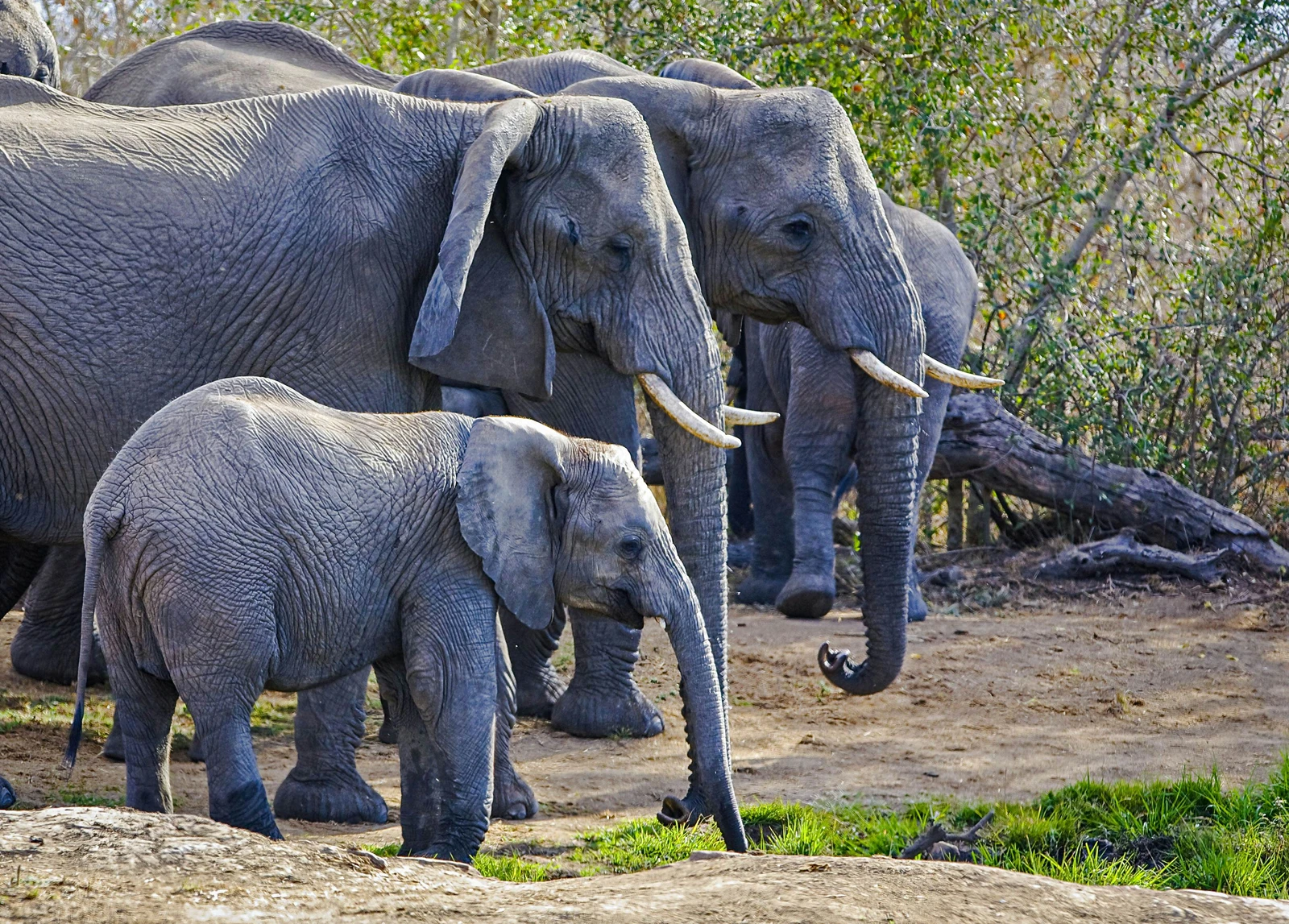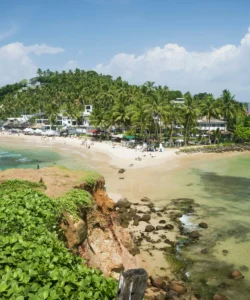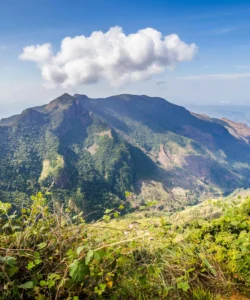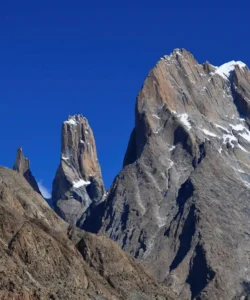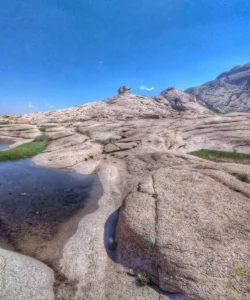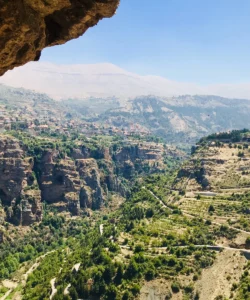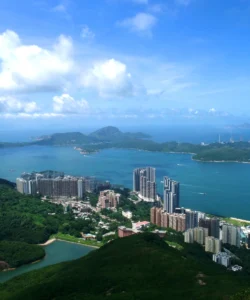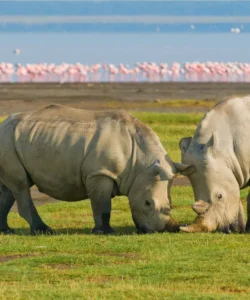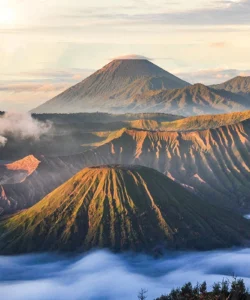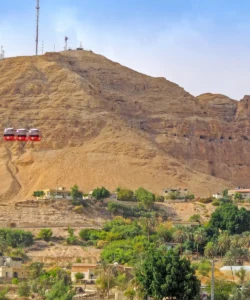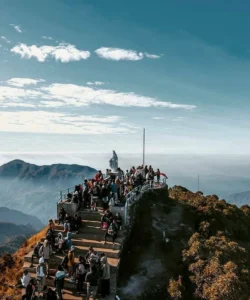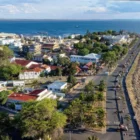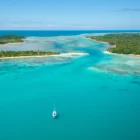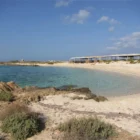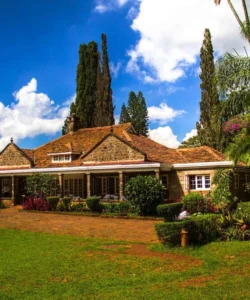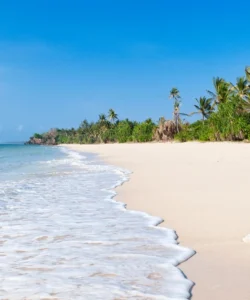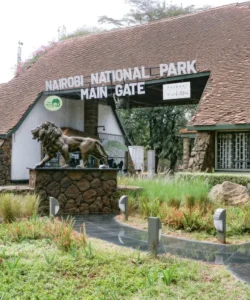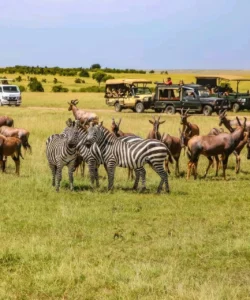Hlane Royal National Park, meaning “wilderness” in siSwati, is Eswatini’s largest protected area and holds a significant place in the country’s conservation efforts. Formerly a royal hunting ground, it was declared a national park by King Sobhuza II and is now managed by Big Game Parks, acting as a vital sanctuary for numerous species, including some of Africa’s most iconic wildlife.
Listen to an introduction about Hlane Royal National Park

Name: Hlane Royal National Park
Address: Hlane Royal National Park is located in the lowveld region of northeastern Eswatini, near the town of Simunye. It’s bisected by the MR3 highway. The main gate and Ndlovu Camp are easily found off this road.
How to Get There:
- By Air: The closest international airport is King Mswati III International Airport (SHO) near Manzini. From there, it’s about a 1-hour drive to Hlane. Many visitors also fly into O.R. Tambo International Airport (JNB) in Johannesburg, South Africa, and then drive (approximately 4-5 hours) or take a connecting flight to Manzini.
- By Car: Hlane is easily accessible by car, especially from Mbabane and Manzini, via the MR3 highway. The drive is straightforward, and the park is well-signposted. Self-driving within the park is permitted in designated areas.
- Within the Park: Hlane offers both self-drive routes and guided game drives. Some areas, particularly the lion enclosure, are only accessible with a park-organized safari vehicle for safety and conservation reasons.
Landscape and Architecture:
Hlane Royal National Park encompasses a diverse landscape typical of the African lowveld, with specific architectural elements in its camps:
- Terrain: The park’s flat terrain is characterized by extensive savanna woodlands and acacia woodlands, interspersed with open grasslands and shallow pans. During the dry winter months, these pans become crucial water sources, attracting large herds of animals.
- Ancient Hardwood Vegetation: Hlane is notable for its ancient hardwood trees, some over a thousand years old, which provide vital habitat and a sense of timeless wilderness.
- Waterholes: Strategically located waterholes are key features, particularly at Ndlovu Camp, where animals like rhinos and elephants frequently come to drink, offering fantastic viewing opportunities right from the camp.
- Camps:
- Ndlovu Camp: This is the main camp, located near the entrance. It offers a rustic, traditional safari experience, often without electricity, reminiscent of old-style bush camps. Accommodation includes thatched family rondavels and cottages, many equipped for self-catering, though there’s also an open-air restaurant overlooking a waterhole.
- Bhubesi Camp: Situated in the quieter northwest corner of the park, Bhubesi offers more modern, self-contained stone cottages with electricity, overlooking the Umbuluzana River.
What Makes It Famous:
- “Big Four” Status: Hlane is Eswatini’s only park where you can reliably see four of the “Big Five” – lion, elephant, white rhino, and leopard (Cape buffalo are absent). It’s particularly renowned for its white rhino sightings, which are often very close and easy to spot.
- Lion Enclosure: Hlane houses Eswatini’s only lion population. While kept in a separate, fenced area for safety and management, guided drives offer guaranteed sightings of these regal animals, which are a symbol of Eswatini’s royalty.
- White-Backed Vulture Colony: The park boasts the highest density of nesting white-backed vultures in Africa, making it a significant site for birdwatching and conservation of this endangered species. Marabou storks are also a common sight.
- Royal Connection: As a “Royal” National Park, Hlane holds deep cultural significance, having been protected by the monarchy and traditionally used for the annual “Butimba” (royal hunt), which is now more focused on conservation.
- Self-Drive Opportunities: A substantial network of well-maintained roads allows visitors the flexibility to explore much of the park in their own vehicles, providing an authentic safari experience at their own pace.
- Unique Activities: Beyond game drives, Hlane offers guided bush walks (outside dangerous animal areas) and mountain biking trails, providing different perspectives of the wilderness. The opportunity for a “Rhino Game Drive” where you can disembark and walk near white rhinos is a rare and highly sought-after experience.
Differences from Some Other Wonders:
- Managed Segregation of Predators: Unlike vast, unfenced wilderness parks like the Kruger National Park or Serengeti, Hlane employs a system of fenced sections to manage its dangerous predators (especially lions). This allows for easier and more guaranteed sightings of certain animals but means some areas with dangerous wildlife require guided safaris, and the “wilderness feel” might be slightly less pervasive than in truly open systems.
- Rhino Focus: While many parks have rhinos, Hlane is particularly known for the sheer number and ease of viewing its white rhino population, including unique “on-foot” rhino tracking experiences.
- Royal Heritage: The “Royal” designation and its history as a royal hunting ground, combined with its continued management by Big Game Parks on behalf of the King, gives Hlane a distinct cultural and historical context that differs from many national parks established purely for ecological preservation.
- Accessibility and Infrastructure: Being relatively compact and bisected by a major highway, Hlane is remarkably accessible and offers a good balance of self-drive freedom and guided experiences, making it a popular choice for visitors with varying safari experience levels.
- Birding Hotspot: While many parks are good for birding, Hlane’s specific reputation for its high density of nesting white-backed vultures and other raptors makes it a specialized attraction for ornithologists.
